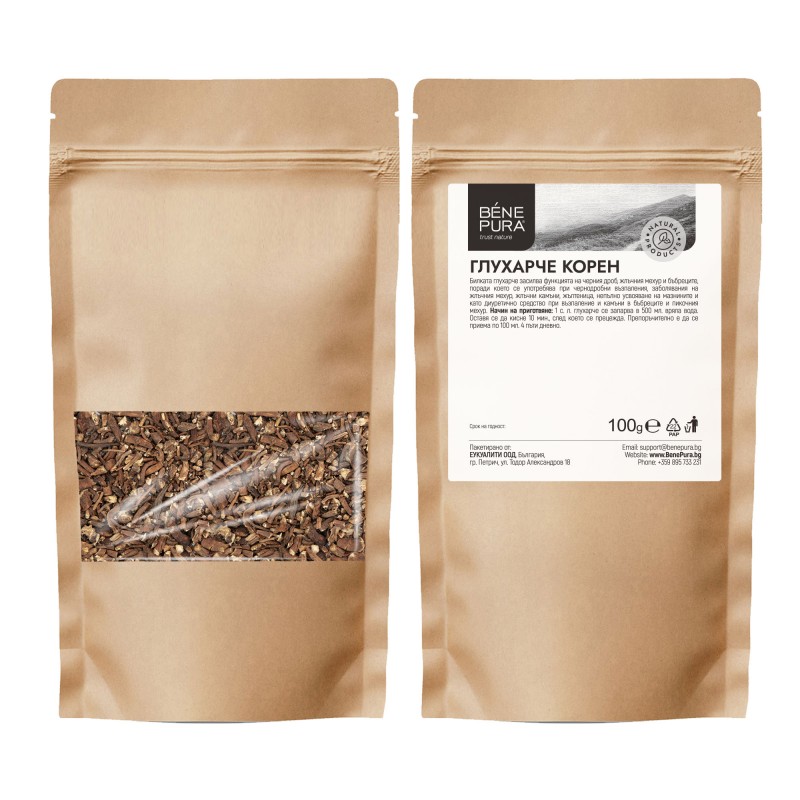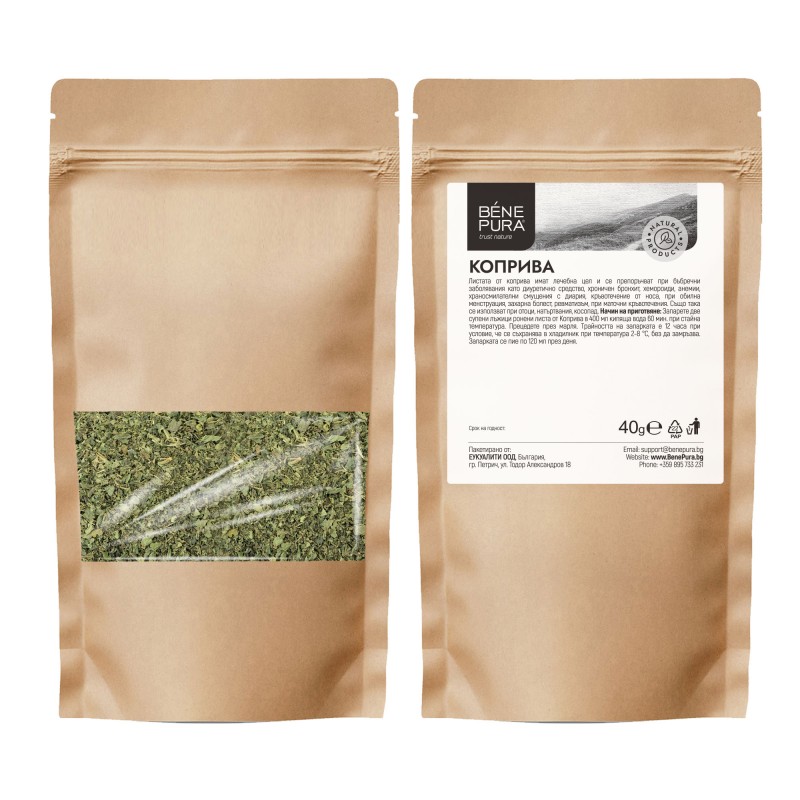Types of Arthritis: Symptoms, Causes and Treatment
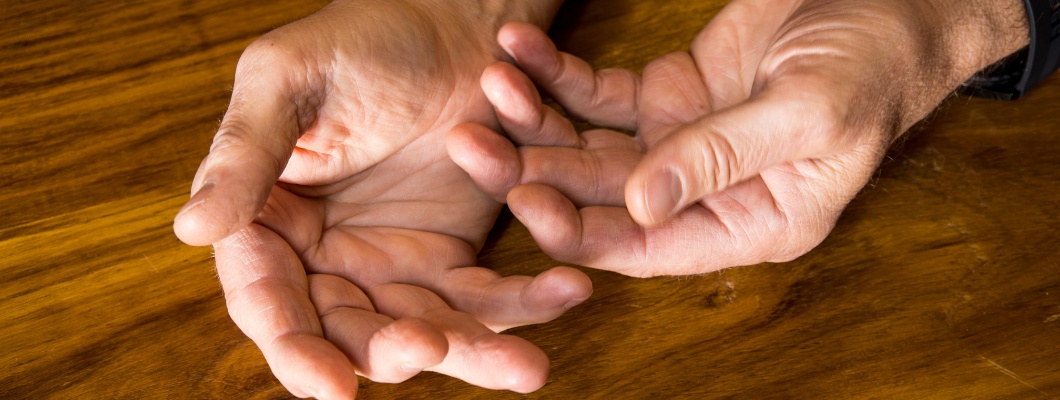
Arthritis is a disease that affects millions of people worldwide. It can occur at any age - for some people, Arthritis is simply a discomfort but for others it can cause significant limitations in movement and quality of life.
Arthritis is not just a disease of the elderly as is often believed. It can also affect young people, even children, as a result of autoimmune diseases, genetic predisposition or other factors.
Table of Contents
Its symptoms can appear gradually and often go unnoticed at first. This can lead to delayed diagnosis and more difficult treatment.
1. What is Arthritis?
Arthritis is not a single disease but a term that encompasses a group of over 100 different conditions affecting the joints and surrounding tissues. This makes it one of the most complex and diverse medical conditions, requiring a personalized approach for diagnosis and treatment.
Arthritis can affect any joint in the human body - from the small joints of the fingers to large joints such as those of the knees and hips.
Arthritis can affect other parts of the body besides the joints. Some forms of Arthritis, such as rheumatoid Arthritis or psoriatic Arthritis, can affect organs such as the skin, eyes, heart or lungs.
Arthritis is not always the result of aging or mechanical wear and tear on the joints. It can be caused by a variety of factors - inflammation, mechanical wear and tear, infections or autoimmune reactions.
2. Types of Arthritis
The term Arthritis encompasses many different conditions, each with its own unique mechanisms of development, symptoms and impact on the body.
Osteoarthritis
Osteoarthritis, also known as "wear-and-tear Arthritis," is the most common type. The cartilage that covers the ends of bones in joints wears down over time - this leads to friction between the bones causing pain, stiffness and swelling.
It often affects weight-bearing joints such as the knees, hips and spine. In advanced cases bone spurs (osteophytes) can develop, further limiting movement.
Rheumatoid Arthritis
Rheumatoid Arthritis is an autoimmune disease in which the immune system attacks the tissues in the joints. It not only causes inflammation and pain but can also lead to joint deformity.
Unlike osteoarthritis, this type of Arthritis often begins at a younger age and can affect multiple joints symmetrically. Other organs such as the lungs, eyes and heart are often also affected.
Gout
Gout is a type of Arthritis caused by a buildup of uric acid in the body. Uric acid crystals are deposited in the joints, most often at the base of the big toe, causing sudden and extremely painful attacks.
It is often associated with a diet rich in red meat, seafood and alcohol as well as metabolic disorders such as obesity and diabetes.
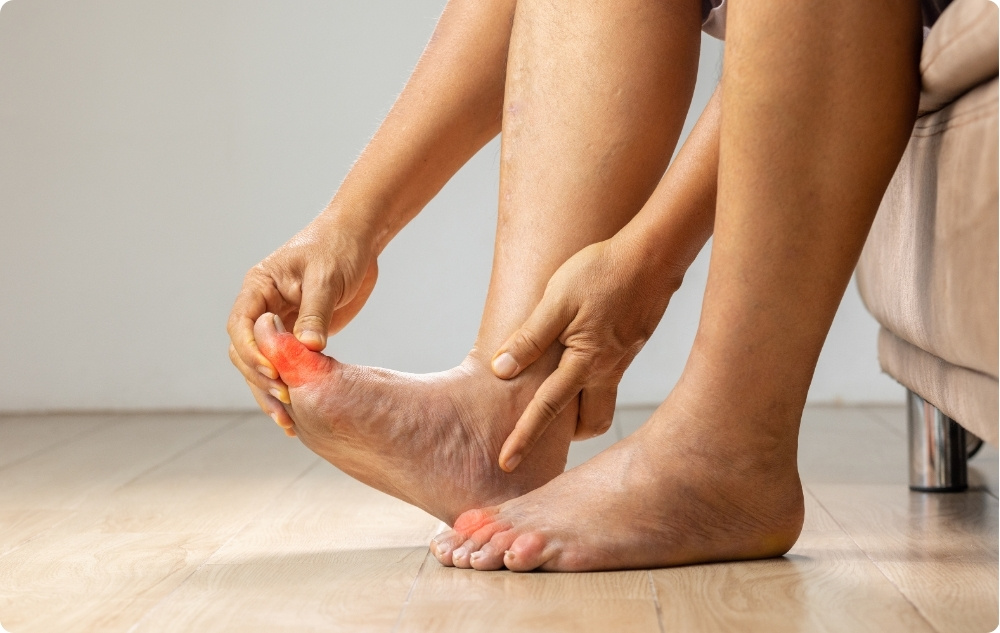
Psoriatic Arthritis
This type of Arthritis is related to the skin disease psoriasis. In addition to the joints it also affects the skin, causing red, scaly patches.
Psoriatic Arthritis can affect both small joints (such as those in the fingers) and large joints (such as the knees). Swelling of the fingers (so-called "sausage fingers") is a characteristic visual symptom of the condition.
Reactive Arthritis
Reactive Arthritis is a condition that occurs after an infection, most often of the genitourinary or gastrointestinal system. Symptoms include joint pain, tendon inflammation and sometimes red eyes (conjunctivitis). The affected joints are often asymmetrical and the condition can be temporary or chronic.
Ankylosing spondylitis
Ankylosing spondylitis is a chronic inflammatory Arthritis that affects the spine. It causes pain and stiffness in the lower back and pelvis and in more severe cases it can lead to fusion of the vertebrae, which significantly reduces mobility.
Juvenile Arthritis
This is a type of Arthritis that affects children under the age of 16. The main symptoms are inflammation, swelling, pain and may be accompanied by additional symptoms such as fever and rashes.
Juvenile Arthritis can have different forms - systemic, oligoarticular (affecting a small number of joints) and polyarticular (affecting multiple joints).
Each type of Arthritis has its own specific features but all of them require timely diagnosis and proper treatment. Sometimes patients can have a combination of different types of Arthritis which makes the disease even more complicated to manage.
3. What are The Main Symptoms of Arthritis?
In addition to the main signs such as pain, swelling and stiffness, Arthritis is often accompanied by more complex and specific symptoms that can complicate diagnosis.
1. Joint pain
Pain is the most common symptom of Arthritis. It can be:
2. Swelling and redness
Swelling is the result of inflammation in the joint. It may be accompanied by redness and a feeling of warmth around the affected area. These symptoms are especially pronounced in inflammatory types of Arthritis such as gout and rheumatoid Arthritis.
3. Joint stiffness
Joint stiffness is another common symptom. It is especially noticeable in the morning or after a long period of rest.
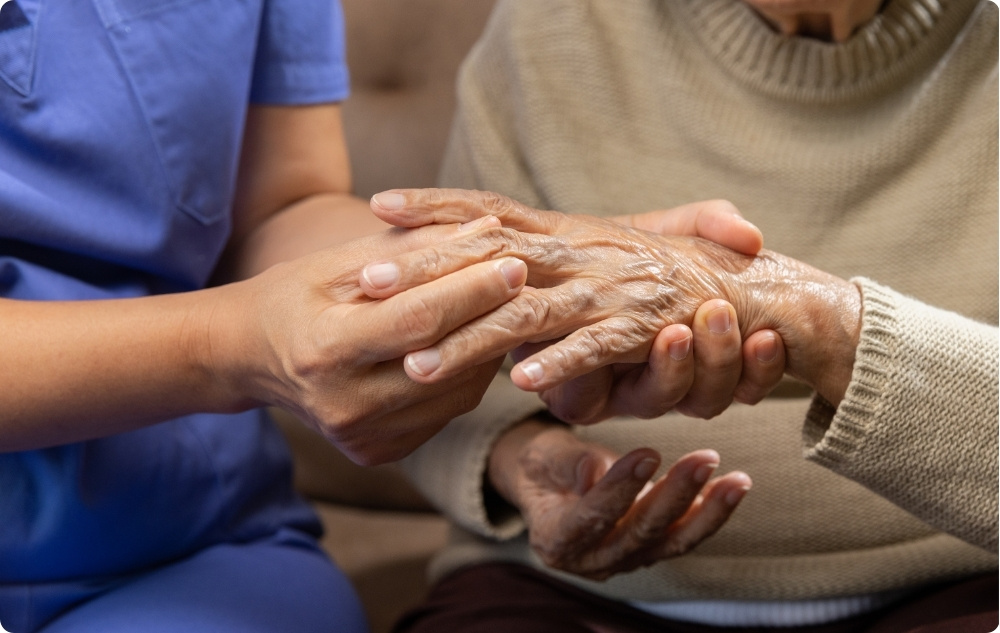
4. Reduced joint mobility
As Arthritis progresses, joint mobility decreases. Affected people may experience difficulty performing daily activities, such as:
This decrease in range of motion is often the result of a combination of pain, inflammation and structural damage.
5. Joint deformity
In more severe and advanced cases, Arthritis can lead to visible deformities of the joints. This is especially true for rheumatoid Arthritis and psoriatic Arthritis.
6. Systemic symptoms
In some cases, Arthritis affects not only the joints but the entire body. This can include:
4. How does Arthritis occur? Main Causes and Risk Factors
Arthritis can be caused by multiple factors that interact in a complex way. They can be genetic, environmental, mechanical or lifestyle-related.
Genetic predisposition
Genetic predisposition plays an important role in the development of some types of Arthritis such as rheumatoid Arthritis, gout and ankylosing spondylitis.
Advanced age
As you age the likelihood of developing Arthritis increases.
Joint injuries or trauma
Joint injuries can cause Arthritis to develop even years after they occur.
Autoimmune diseases
In autoimmune forms of Arthritis, such as rheumatoid Arthritis and lupus, the immune system attacks its own tissues including the joints, leading to inflammation, pain and damage.
Infections
Bacteria, viruses or fungi can cause inflammation in the joints by directly attacking the joint tissue. Forms of Arthritis caused by infections, such as septic Arthritis and reactive Arthritis, are relatively rare.
Lifestyle
Many aspects of lifestyle contribute to the development of Arthritis - a sedentary lifestyle, an improper diet (vitamin D and calcium deficiency, excessive consumption of sugar, salt or saturated fats), smoking.
Hormonal changes
Hormonal changes play a significant role in the development of some types of Arthritis as they can affect inflammatory processes in the body and the functioning of the immune system.
For example, women are more likely to develop rheumatoid Arthritis, especially during periods of hormonal imbalance such as pregnancy, the postpartum period and menopause.

Obesity
Excess weight is one of the main risk factors for osteoarthritis because it increases the load on the joints.
Metabolic disorders
Metabolic disorders can contribute to the development of certain types of Arthritis. The most common condition is gout, in which high levels of uric acid in the blood lead to the formation of crystals in the joints.
5. How is Arthritis Diagnosed?
Diagnosing Arthritis requires a combination of a review of the patient's medical history, a physical examination and specialized tests.
1. Medical examination
The doctor will gather information about the patient's symptoms, medical history and lifestyle. This includes:
2. Imaging studies
Imaging studies are a key diagnostic tool as they provide a clear picture of structural changes in the joints. Various technologies are used:
3. Laboratory tests
Laboratory tests help confirm the diagnosis and identify the specific type of Arthritis. Commonly used tests include:
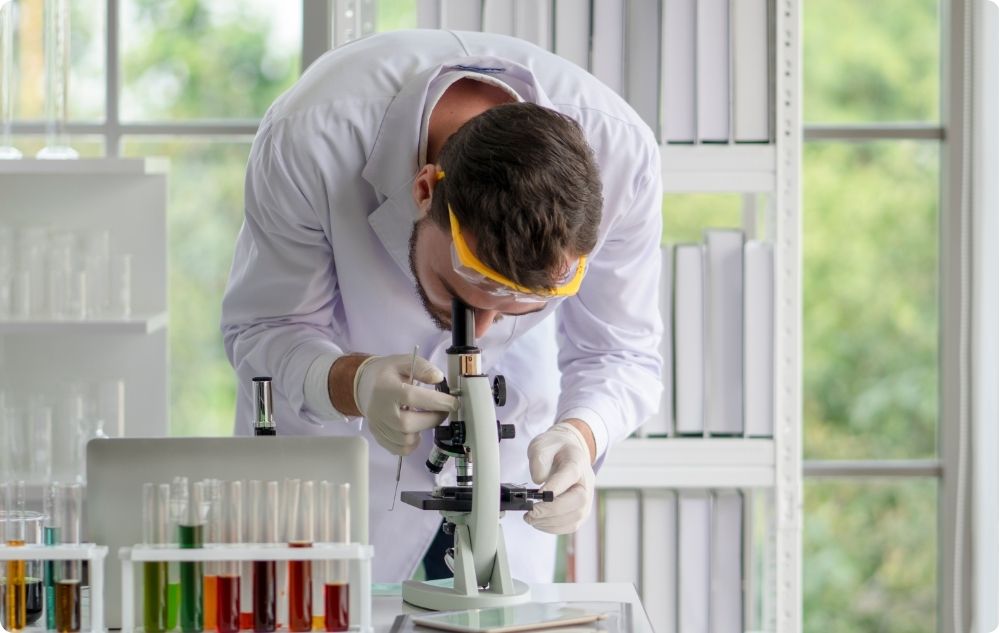
4. Differential diagnosis
The diagnosis of Arthritis requires ruling out other conditions that can cause similar symptoms. This includes:
5. Tracking symptoms
In some cases, a definitive diagnosis requires continued monitoring of symptoms. The doctor may monitor:
Advice for patients during diagnosis
Patients play an active role in the diagnostic process. For better accuracy of results, it is important to:
Importance of early diagnosis
Early diagnosis of Arthritis is critical because:
6. How is Arthritis Treated?
Arthritis treatment is aimed at relieving pain, improving joint function and preventing further damage. The choice of therapy depends on the type of Arthritis, its severity and the individual characteristics of the patient.
Medicines
Drug therapy is a major component of Arthritis treatment. It includes different classes of medications depending on the type and severity of the disease:

Physiotherapy
Physiotherapy is an integral part of treatment, especially for chronic forms of Arthritis. It helps to:
Surgery
When conservative methods do not yield results, surgical treatment may be necessary:
Alternative medicine
Some patients find relief through alternative methods that can be used as a complement to conventional treatment:
7. Which Natural Herbs Help with Arthritis?
Herbs are a natural way to relieve the symptoms of Arthritis. They can reduce inflammation, relieve pain and support joint health.
1. Turmeric
The curcumin in Turmeric has powerful anti-inflammatory properties that can reduce inflammation and pain in osteoarthritis and rheumatoid Arthritis.
Add it to meals, drink as tea or take as a dietary supplement.

2. Ginger
Ginger contains gingerols and chagaols, which reduce inflammation and improve blood circulation in the joints.
Apply an ointment for Joint pain in which Ginger is one of the main ingredients, prepare tea or add it as a spice to dishes.
3. Arnica
Arnica relieves pain and reduces inflammation when applied topically.
Use ointments or oils with Arnica extract to massage the affected joints.
4. Comfrey
Comfrey helps regenerate cartilage and relieve pain.
Use Comfrey ointments or compresses topically on painful joints.
5. Nettle
Rich in silicon and minerals, Nettle strengthens bones and joints, relieves pain and reduces inflammation.
Drink nettle tea or use fresh leaves for compresses.

6. Dandelion
The antioxidants and minerals in Dandelion support joint health, detoxify the body and reduce the inflammatory processes.
Make a tea from the dried leaves or root of Dandelion. You can also add fresh leaves to salads.
8. Conclusion
Arthritis is a disease that affects millions of people and requires special attention and care. Knowing the symptoms, causes and treatment options is key to successfully managing the condition.
Early diagnosis, appropriate treatment and lifestyle changes can significantly reduce pain and improve quality of life. Regardless of the type of Arthritis, consultation with a specialist and an individual approach are crucial for effective management of the disease.
SOURCES:
1. Mayo Clinic: Arthritis - Symptoms and Causes (14.02.2025)
2. Arthritis Foundation: What Is Arthritis? (14.02.2025









